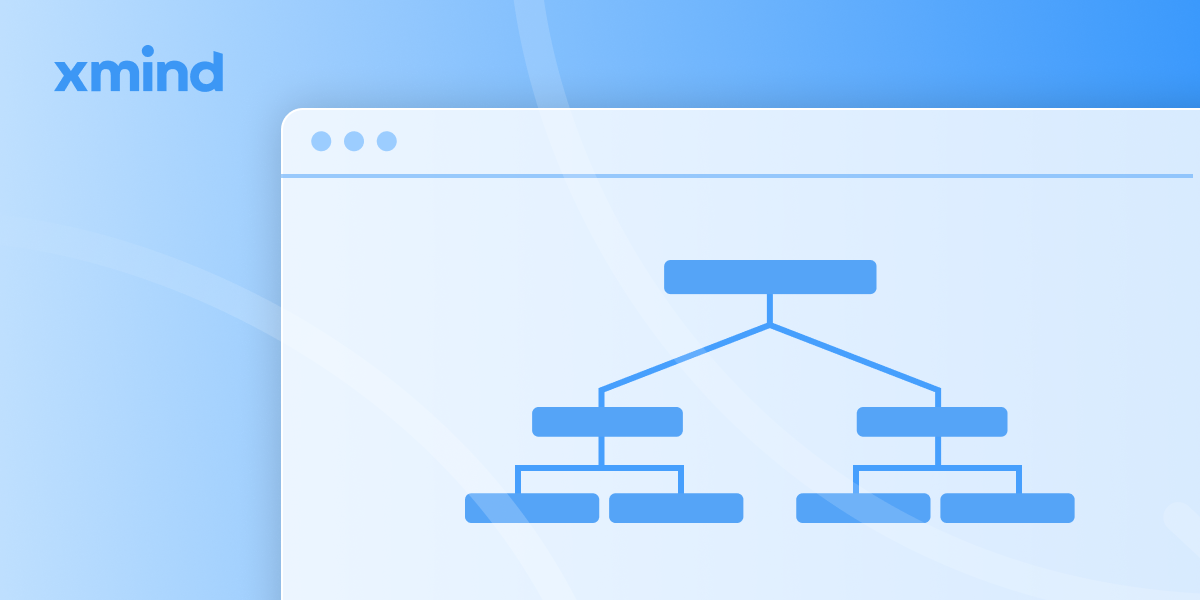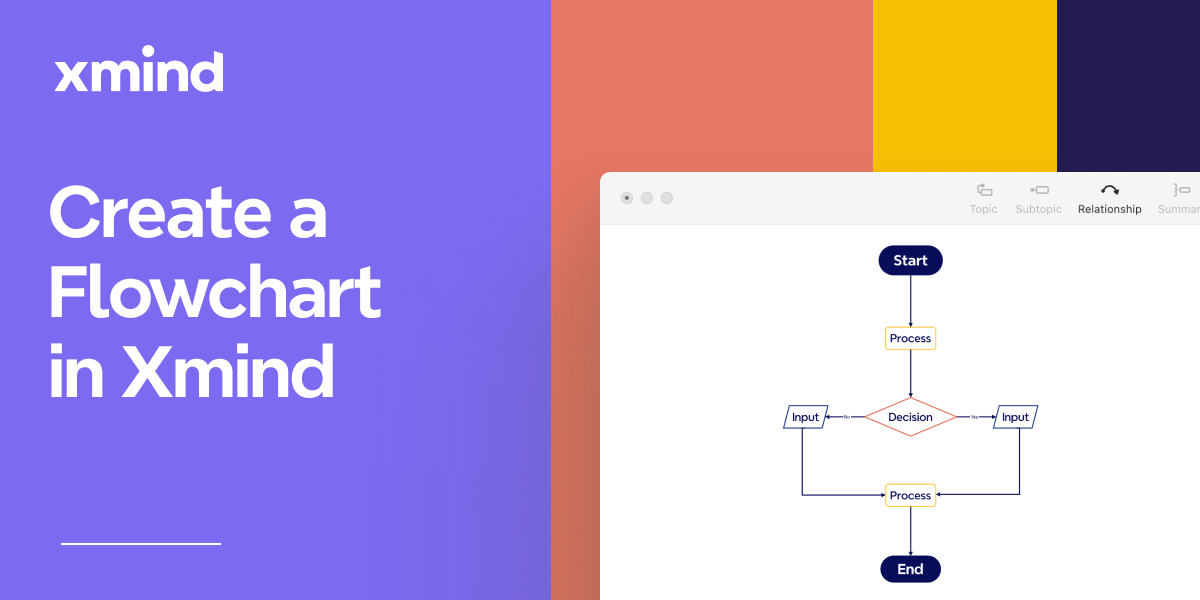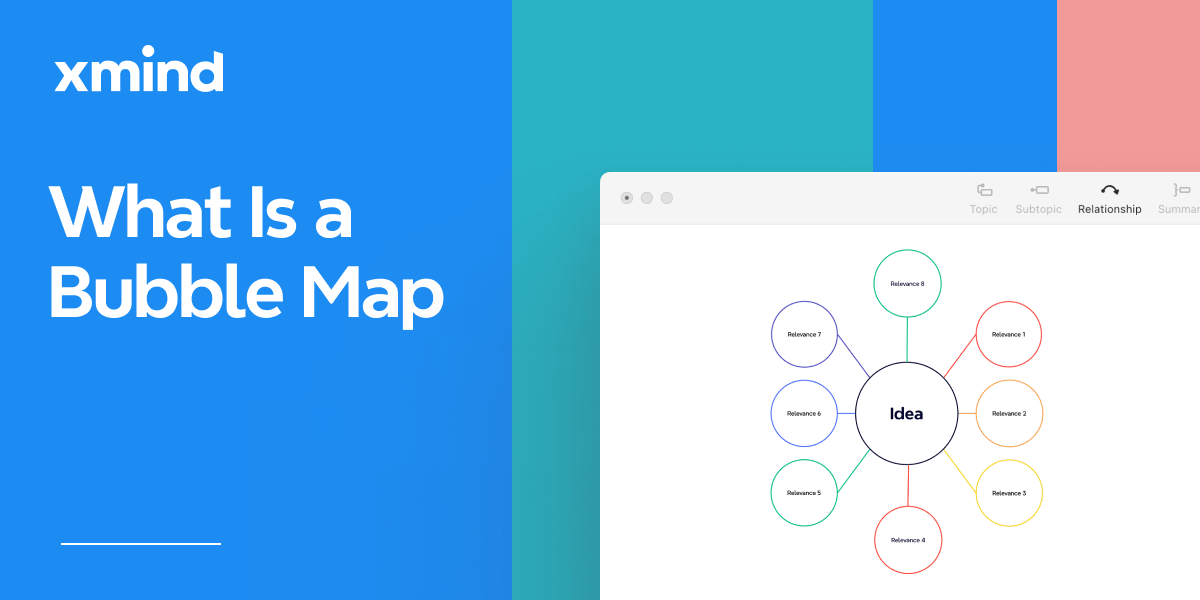Apr 18, 2024
The Complete Guide to Organizational Chart [2024]
Apr 18, 2024
The Complete Guide to Organizational Chart [2024]

Ever wondered how everyone in a company finds their place in the complex system? Here's how: think of the organizational chart as a visual snapshot, a blueprint, if you will, showcasing the company's framework. It’s where lines of authority and communication intersect, ensuring roles are clear. It keeps the professional orchestra of the workplace running smoothly, making sure every section plays in harmony.
What is an Organizational Chart
An organizational chart, often known as an org chart or organograms, operates as a visual representation of a company's internal structure. Resembling a family tree, it showcases the relationships and relative ranks of parts within the organization — from the highest echelons of leadership to the echelons of frontline staff. It helps map out the reporting relationships and responsibilities of employees, giving a clear visualization of the company's structure and how it operates.
Choosing the Right Type of Org Chart
Traditional Hierarchical Org Chart
There are all kinds of org charts out there, each with its own purpose. So, you might be wondering what these common types of org charts are? Well, for starters, there's the traditional hierarchical org chart. This type of chart branches downward from the top, showing each level of management and employees in a clear and ordered manner. It's the go-to for visualizing a straightforward chain of command.
Matrix Org Chart
And what about teams that operate with more cross-department collaboration? Enter the matrix org chart. This format elegantly demonstrates how employees might report to more than one manager, adding a layer of complexity but also flexibility to the organizational structure.
Flat Org Chart
Now, you might also be wondering if there's a more modern, less rigid approach. That’s where the flat org chart or horizontal org chart comes into play. Ideal for smaller organizations or those that emphasize equality and open communication, this style minimizes the levels of management, creating a more collaborative atmosphere.
Inverted Pyramid Org Chart
What exactly is it? Picture this: the traditional hierarchy, but flipped upside down. Yes, you heard that right – the frontline staff is now leading the charge from the top. But why should you care? Here’s why: it underscores the pivotal role these employees play. They’re not just part of the organization; they are its very foundation, paving the way for success.
Divisional Org Chart
For big enterprises, what do we see? A divisional org chart. This chart showcases large companies segmented into semi-autonomous units, allowing for a clear visualization of their structure.
What Makes a Good Organisational chart
A good organizational chart is more than a hierarchy—it reflects a company's strategic vision and agility.
Clarity and Simplicity: First off, a top-notch org chart has to be a breeze to get. It's all about showing who's who and who reports to whom in the cleanest way possible, making sure nobody gets lost in the details. This simplicity is key so that everyone, from the newbie to the top brass, gets the big picture right away.
Accuracy: It's essential that the org chart mirrors the real deal of the company's structure. Keeping it updated is a must—think new roles, team changes, or any shifts at the top. It needs to be super easy to tweak so you can keep pace with any big changes, be it a reshuffle, growth spurt, or even a whole new direction. If it's not up-to-date, it's just going to mess things up, causing all sorts of mix-ups that slow everyone down.
Strategic Alignment: An outstanding org chart does more than just lay out the now—it points to where the company’s headed. It’s a tool for big-picture planning, managing talent, and making sure resources are in the right places, all lined up with the company's long-term goals.
How to Create the Best Org Chart for Your Business
To make the ideal organizational chart, start by fully understanding your organization's needs and goals. Here are key steps to design an org chart that matches your business strategy and boosts operational efficiency:
Assess Your Organizational Structure: Begin by examining your organization's current state. Understand how different roles and departments interact and contribute to your goals. This will guide you in choosing the right org chart for your organization.
Define the Purpose of Your Org Chart: It's important to have clear goals. Whether you aim to enhance communication, plan restructuring, or provide a clear view of the company structure to newcomers, your purpose will shape your chart's design and content.
Gather Accurate Information: Collect data on all roles within your organization, including job titles, names of current role holders, and their reporting lines. Keep this information current to ensure your chart's relevance and utility.
Choose the Right Tools: A wide range of software is available for designing organizational charts. These tools often include user-friendly features such as drag-and-drop editing and pre-designed templates, like those found in Xmind and Xmind AI.
Involve Stakeholders: Work with managers and department heads to confirm information accuracy and gather insights on optimizing the org chart. Their feedback can enhance the chart's effectiveness.
Keep It Dynamic: Your org chart should be updated regularly to reflect organizational changes. This keeps it a valuable tool for decision-making and communication.
Educate Your Team: Ensure employees know how to access and use the org chart. Teaching them about its features and benefits will promote its use and enhance collaboration and clarity across the organization.
Crafting Org Charts with Xmind
Xmind leads the way in organizational charts design by embodying user-centric design, and professional excellence. Its intuitive interface and powerful features make creating org charts super easy.
Intuitive Design Tools: Xmind's suite of design tools enables users to effortlessly construct org charts that are both visually appealing and information-rich. Whether you're visualizing a simple hierarchy or a complex matrix structure, Xmind makes it straightforward.
Collaboration and Sharing: Xmind AI promotes teamwork in org chart design. With simple sharing features, stakeholders can add insights, making the final chart a group effort that truly reflects the organization. Secure cloud storage and access enable smooth collaboration across different locations.
Time-Efficiency: Its innovation is in its wide range of templates for different organizational structures, like flat, matrix, or hierarchical. With these pre-made templates, you can quickly start and create professional-looking org charts in minutes, skipping the need to build from scratch.
Easy Insertions: Xmind boosts org chart informativeness by allowing easy additions of images, links, and notes. This enriches details on roles and departments simply and efficiently, offering a comprehensive view without extra time investment.
Quick Customization: With a range of customization options at your fingertips, Xmind facilitates rapid adjustments to colors, fonts, and styles, ensuring that the org chart not only reflects the organizational structure accurately but also aligns with the company’s brand identity.
Besides, check out these other articles on productivity methods that we’re sure you’ll find useful!
How to Produce a Beautiful Character Relationship Map with Xmind
The Plan-Do-Check-Act (PDCA) Cycle, Explained (+Mind Map Examples of PDCA)
More Posts
Flowchart Essentials: Definition, Templates, and Free Softwares
Discover the power of flowcharts with our detailed guide. Learn what a flowchart is, explore practical use cases, and discover how to create and optimize them using softwares like Xmind and Xmind AI for enhanced workflow efficiency.

Bubble Maps: Definition, Examples, and How to Create in Xmind
Discover the power of bubble maps for data visualization with our comprehensive guide. Learn about different types, practical applications, and best mind mapping tools like Xmind. Get step-by-step instructions and expert tips to create stunning bubble maps for brainstorming, project management, and report writing.

How to Produce a Beautiful Character Relationship Map with Xmind
This article will walk you through how to create an attractive character relationship map template using Xmind.


One space for all your ideas
Organize thoughts, visualize structures, connect ideas, and unlock insights.
Get Started for Free







